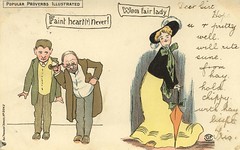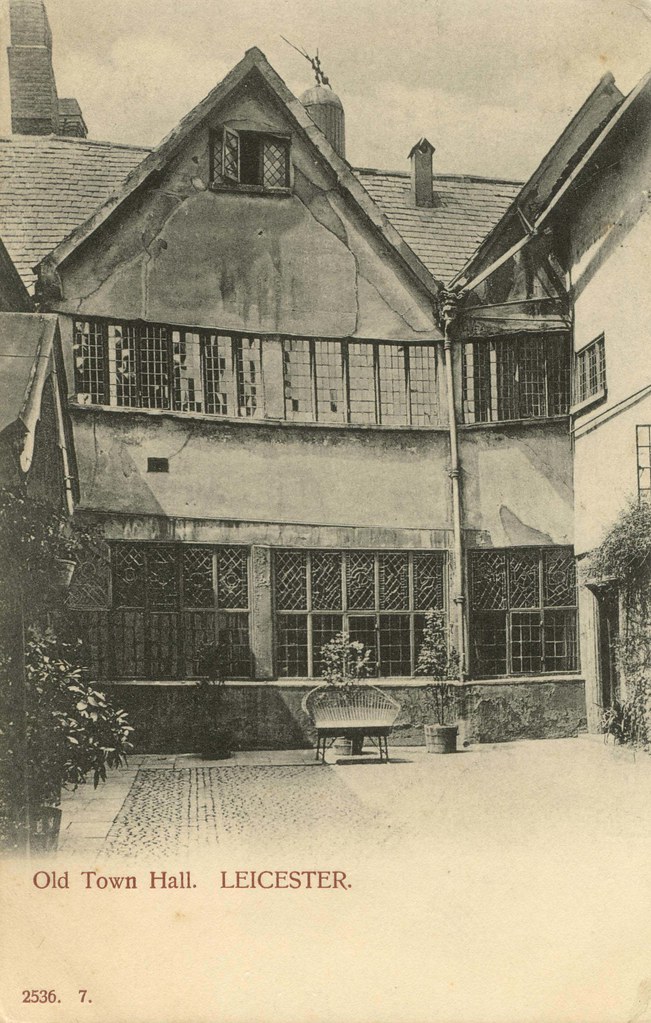The European Library - browse all collections
The EU 50th anniversary of Rome treaty coincides with the 2nd anniversary of The European Library portal; the website was launched in March 2005 with initially 122 collections. It now provides access to 250 collections. The amount of referenced material increases regularly. In the last weeks, Denmark added 9 new "searchable" digital collections, Austria added its first “searchable” collection; "Image platform of the Austrian National Library" and Poland added the "National Digital Library Polona" collection which has 9 sub-collections.
The European Library Portal is for searching the content of European national libraries.
http://www.theeuropeanlibrary.org/portal/index.html
The amount of virtual collections held in The European Library has registered a significant boost in March 2007;
- Denmark provides 7 new "Searchable" collections,
- Austria added "Image platform of the Austrian National Library",
- Poland added "National Digital Library Polona" with 9 sub-collections.
For further details, visit the "Browse all collections" page and click on the relevant country.
In their Newsletter, Elena Zimina, Deputy Director of International Communications Department of the Russian State Library gives an overview of the RSL cooperative level with The European Library, other national libraries and other cultural institutions.
o what extent does the RSL collaborate with other national libraries?
The RSL has an extensive collaboration programme with other national libraries throughout the territory, the ex Soviet Union countries and with Western Europe. The level of collaboration is multiple and goes from expert exchange programmes to book exchange, frame agreements, virtual library projects, etc. The collaboration level with ex Soviet Union countries and the National Library of Russia (NB of Russia) located in Saint-Petersburg is of course facilitated by the common usage of Russian.
Conferences and meetings The European Library is participating in during 2007:
+ Open Educational Practices and Resources for Lifelong Learning – Salzburg- April 16/17, 2007
+ FESABID 2007 - Sandiago de Compostella (Saint James of Compostela) – May 09/11, 2007
+ INFORUM 2007 - Prague – May 23/24, 2007
The Danish National Collections
Books, newspapers, periodicals printed in Denmark 1482-1997, many works prior to 1800 in German and Latin. All works regardless of medium published in Denmark 1998-
The Danish National Collections
Foreign (i.e. non-Danish) books and periodicals
Books and periodicals primarily published in Europe 1454-1950, representing all topics.
Foreign (i.e. non-Danish) books and periodicals Oriental collection
The Oriental collections comprise manuscripts, block prints, and printed books in languages of Asia and North Africa. The Near Eastern collection comprises 500 Arabic, 450 Iranian (43 are Avestan), and 100 Turkish manuscripts. The oldest items date from the 10th century C.E. (Qur'ân mss. in kufi script). The printed books for circulation amount to 3100 in Arabic, 1900 in Persian, 4300 in Turkish, and 500 in Caucasian languages (mainly Armenian and Georgian). The South Asian collection comprises 1127 manuscripts in Sanskrit (the Pundit Library), 310 in Pali, 169 in Sinhalese, 152 in Newari, 97 in Tamil, and 13 in Urdu. Printed books amount to 2300 in Sanskrit, 125 in Pali, 800 in Hindi, 180 in Sinhalese, and 680 in Urdu. The Central Asian collection of manuscripts and block prints comprises 1811 in Tibetan, 569 in Mongolian, and 75 in Manchu-Tungus. Printed books amount to 1300 in Tibetan, and 100 in Mongolian. The South East Asian collection comprises 127 manuscripts in Indonesian, 66 in Burmese, 44 in Cambodian, 82 in Lao, and 10 in Thai. Printed books amount to 100 in Indonesian, 200 in Burmese, 1900 in Thai, and 470 in Vietnamese. The East Asian collection comprises 30 manuscripts in Chinese (14 are Dunhuang scrolls) and 23 manuscripts in Korean. Printed books amount to 58.500 in Chinese, 5500 in Japanese, and 5200 in Korean.
Oriental collection Judaica Collection
The Judaica Collection comprises manuscripts, editions and printed books. The collections cover Jewish languages, religion and culture in a wide sense, including history and social sciences. The collection contains 40.000 titles in Hebrew, Yiddish and Ladino, as well as smaller collections of titles printed before 1950 in different Western languages. The collection of printed books also contains app. 50 incunabula, app. 350 post-incunabula. The manuscript collection contains some 400 titles
Judaica Collection Music collection
Collection of Danish and non-Danish music scores, music manuscripts, programs etc.
Music collection Danish and Foreign maps and atlases 1960-
All Danish maps and atlases published since 1960. Foreign atlases and maps purchased since 1960. Digitized maps and atlases regardless of date of publication
Danish and Foreign maps and atlases 1960- Portrait collection
Collection of Danish and foreign portraits. The earliest date to the 17th century. Most are photographs from 1870-
this collection is currently not searchable via this portal but can be accessed by following the hyperlink below
Portrait collection Manuscripts, papers and letters received 1924-1987
Acquisitions 1924-1987 of papers, letters and manuscripts from Danish writers, composers, scientists of all branches of science, artists and cultural figures as well as similar material from institutions and associations.
this collection is currently not searchable via this portal but can be accessed by following the hyperlink below
Manuscripts, papers and letters received 1924-1987 Manuscripts, papers and letters received 1988-
Acquisitions 1988- of papers, letters and manuscripts from Danish writers, composers, scientists of all branches of science, artists and cultural figures as well as similar material from institutions and associations.
Manuscripts, papers and letters received 1988- The works of Søren Kierkegaard
Digital version of the works of Søren Kierkegaard in facsimile and in searchable version
this collection is currently not searchable via this portal but can be accessed by following the hyperlink below
The works of Søren Kierkegaard The works of Hans Christian Andersen online
Digital version of the works of Hans Christian Andersen (H.C. Andersen) in facsimile and in a searchable version
this collection is currently not searchable via this portal but can be accessed by following the hyperlink below
The works of Hans Christian Andersen online Archive of Danish Literature
Digitized editions of the classic works in Danish Literature by authors who lived between 1200-1936
this collection is currently not searchable via this portal but can be accessed by following the hyperlink below
Archive of Danish Literature Drama Collection
The Drama Collection contains a nearly complete collection of published and unpublished plays, performed at the major private theatres of Copenhagen as well as those performed by radio and television since 1939. Since the mid-1960s plays have been collected systematically.
Drama Collection Danish National Collection of Prints and Photographs
Consists of approximately 11 million photographs (prints and negatives), drawings and etchings mostly of Danish origin and covering every imaginable subject. Appr. 100.000 prints and photographs (primarily dealing with Danish history and topography) are registered and in many cases digitized and may be searched here.
Danish National Collection of Prints and Photographs Rare Book Collection
Books printed up to 1530 (incunabula and post-incunabula) and some particularly rare and/or valuable books printed after 1530
Rare Book Collection





